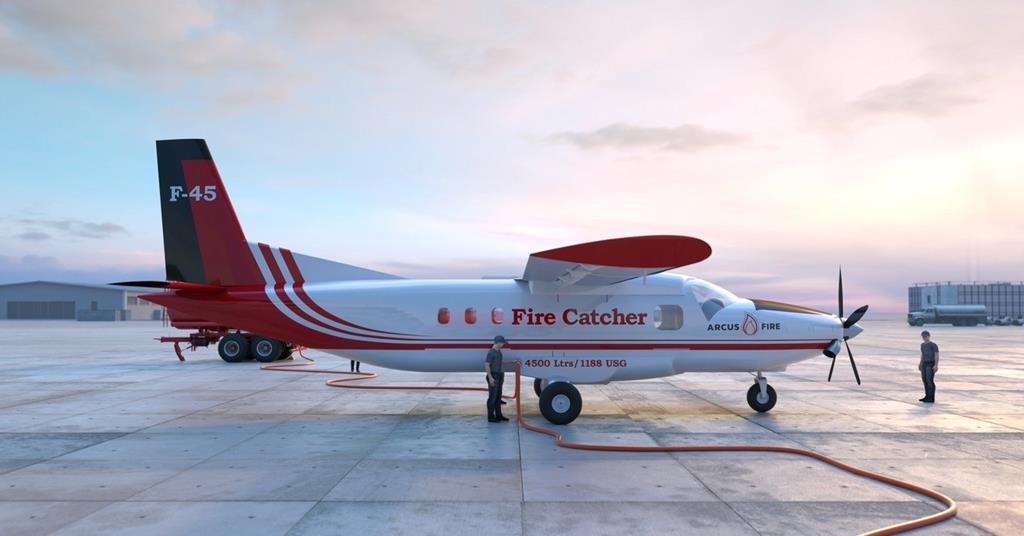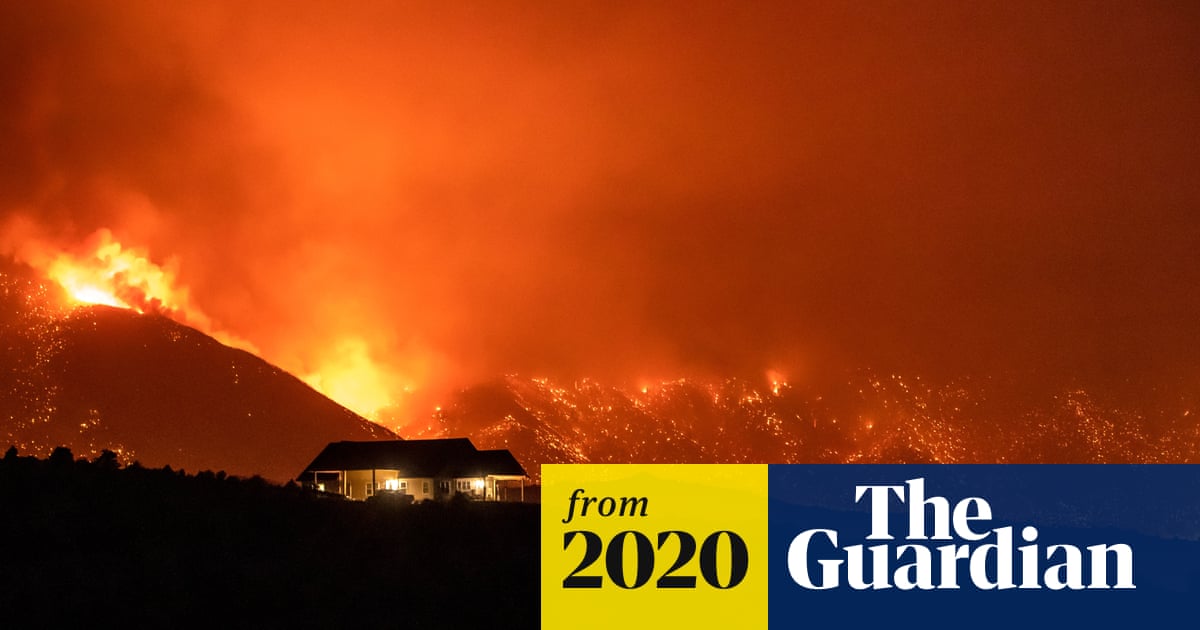- Joined
- 16 April 2008
- Messages
- 9,606
- Reaction score
- 14,502
Interesting news in FlightGobal about a company that plans to develop a couple of new (or newly adapted) firefighting aircraft.

 www.flightglobal.com
www.flightglobal.com
The simpler design is the F-25, a firefighting adaptation of the Pacific Aerospace Super-Pac, with a capacity fo 2500 liters/kg, scheduled for availability in 2021.
The more interesting one for us is the F-45, a clean-sheet single-engine aircraft billed as a “oversized Cessna Caravan.” First version is a firefighting model with a capacity of 4500 liters/kg. That's supposed to be ready for flight testing in 2023 and certification in 2024. Sounds like a fuselage has already been built but the rest of the aircraft is still in work.
They're also talking about a cargo version with room for three LD3 containers and a passenger version with 19 seats. That's exactly in the same class as the new Cessna 408, but they're trying to do it on a single PT6-67F engine (1800 hp) versus two PT6-65 (2x1100 hp) in the Cessna.

Arcus Fire and partners launch clean-sheet F-45 turboprop
UK start-up Arcus Fire has joined forces with New Zealand firms Flight Structures and Pacific Aerospace to develop a clean-sheet single-engined turboprop targeted at the firefighting, cargo and commuter airline markets.
The simpler design is the F-25, a firefighting adaptation of the Pacific Aerospace Super-Pac, with a capacity fo 2500 liters/kg, scheduled for availability in 2021.
The more interesting one for us is the F-45, a clean-sheet single-engine aircraft billed as a “oversized Cessna Caravan.” First version is a firefighting model with a capacity of 4500 liters/kg. That's supposed to be ready for flight testing in 2023 and certification in 2024. Sounds like a fuselage has already been built but the rest of the aircraft is still in work.
They're also talking about a cargo version with room for three LD3 containers and a passenger version with 19 seats. That's exactly in the same class as the new Cessna 408, but they're trying to do it on a single PT6-67F engine (1800 hp) versus two PT6-65 (2x1100 hp) in the Cessna.
Last edited:


